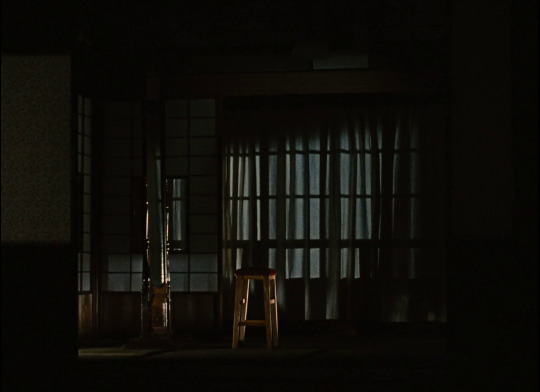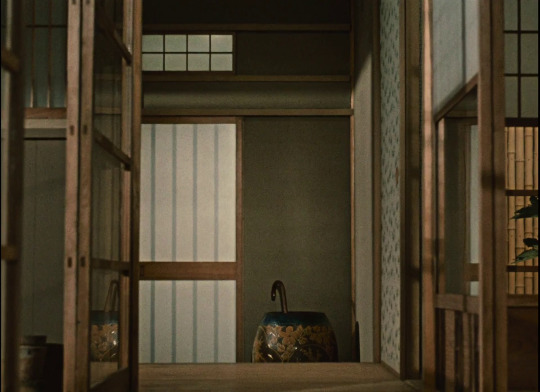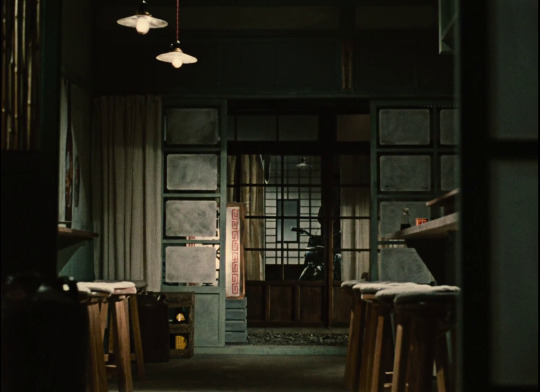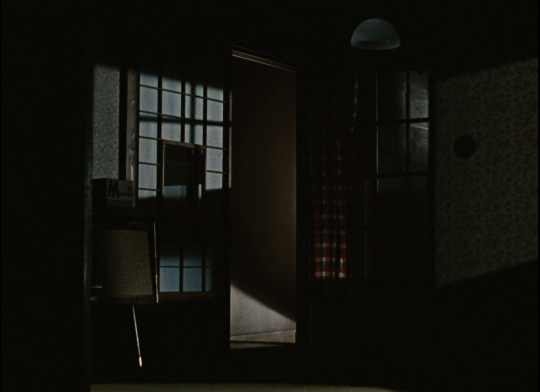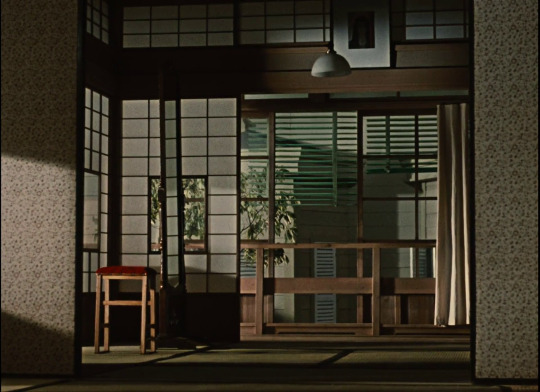#An Autumn Afternoon
Text
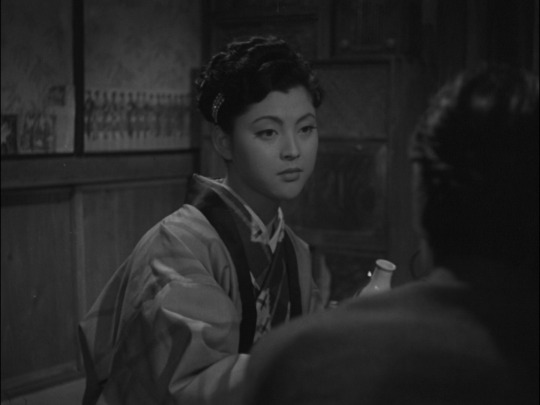



Mariko Okada in Floating Clouds (1955), Flowing (1956), Late Autumn (1960), and An Autumn Afternoon (1962).
#Mariko Okada#岡田茉莉子#Floating Clouds#Flowing#Late Autumn#An Autumn Afternoon#Mikio Naruse#成瀬巳喜男#浮雲#流れる#Nagareru#秋日和#Yasujirō Ozu#Yasujiro Ozu#小津安二郎#秋刀魚の味
317 notes
·
View notes
Text
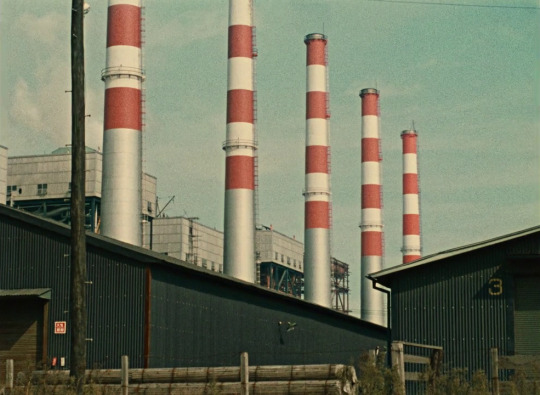


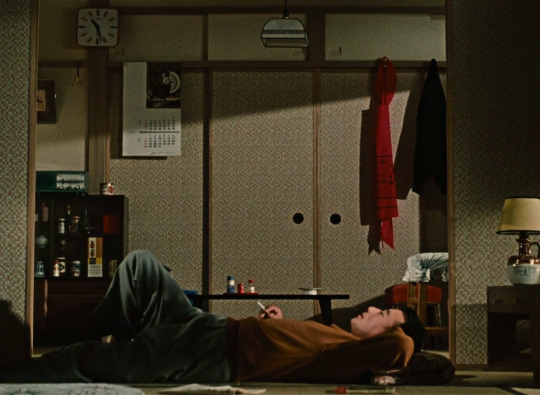




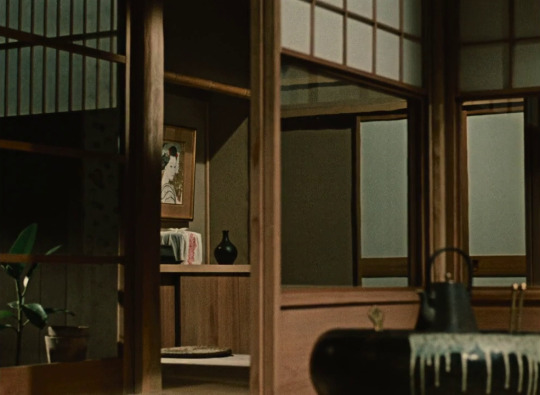
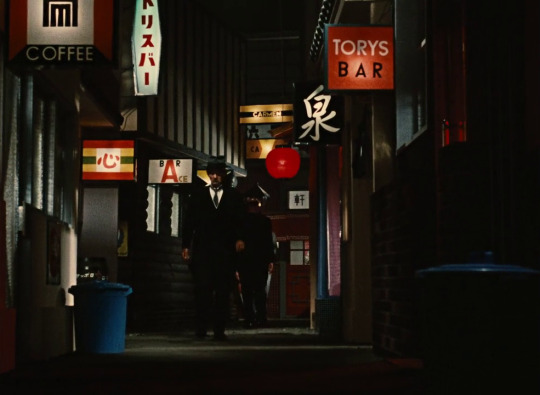
An Autumn Afternoon (1962) | dir. Yasujirō Ozu
#an autumn afternoon#yasujirō ozu#chishū ryū#shima iwashita#keiji sada#mariko okada#films#movies#cinematography#screencaps#yasujiro ozu
159 notes
·
View notes
Text
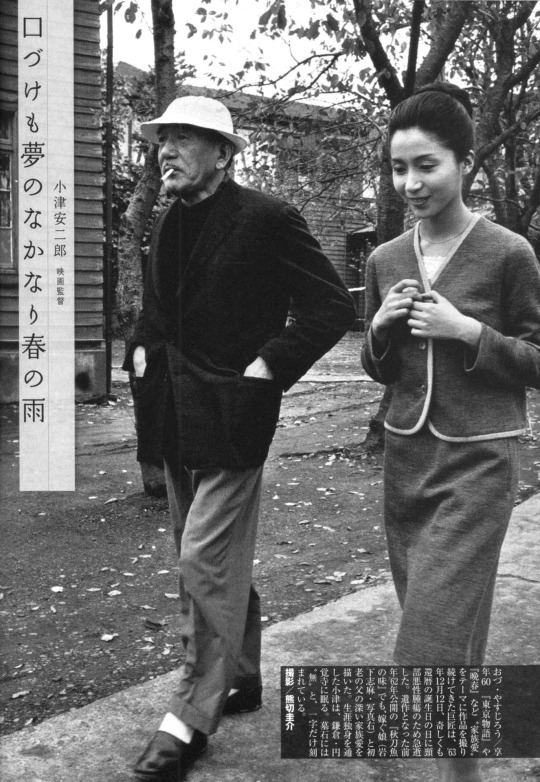
Yasujiro Ozu et Shima Iwashita
1962
172 notes
·
View notes
Text

An Autumn Afternoon, Yasujiro Ozu, 1962
16 notes
·
View notes
Text
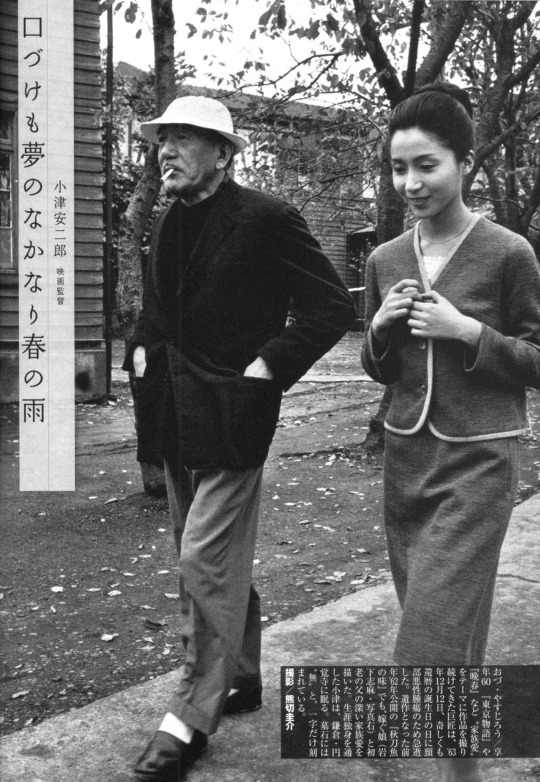
Yasujiro Ozu and Shima Iwashita in « An Autumn Afternoon » (1962)
11 notes
·
View notes
Text

#autumn#fall#the ber months#september#October#november#an autumn afternoon#autumn quotes#fall quotes#seasons#i love fall#cozy#snuggle#pumpkins#chill in the air#pumpkin spice#get cozy#boots#sweaters#candles#blankets#trick or treat
145 notes
·
View notes
Text
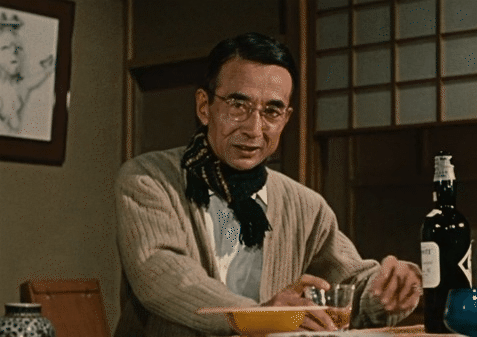
IT HURTS TO BE ALONE
6 notes
·
View notes
Text
An Autumn Afternoon (1962) x Jeanne Dielman (1975)
So yesterday I finally took the time to watch Yasujirō Ozu's An Autumn Afternoon and I couldn't help but to draw a bunch of parallels between this film and Chantal Akerman's masterpiece Jeanne Dielman, 23, quai du commerce, 1080 Bruxelles.
The first aspect of similarity is the photography, with the camera always still working its way through delicate compositions.
But what stroke me as more shocking is how one film seems to complement the other. An Autumn Afternoon is a film about the weight of patriarchy on everybody that has to live under its shadow, specially women, confined to doing the laborious work of the house, which in the film is always invisible, but in a way that makes you understand the importance and intricacy of the work that those women perform. It's mentioned, as if leaking through the seams while we're only presented in detail with the scenes of the encounters between a group of man.
As much as in the narrative (that for the first half of the film takes the perspective of the man) the woman are put as side characters, visually they get center priority, which implies the importance and strength of those characters, even though they are treated as assets by their counterparts.
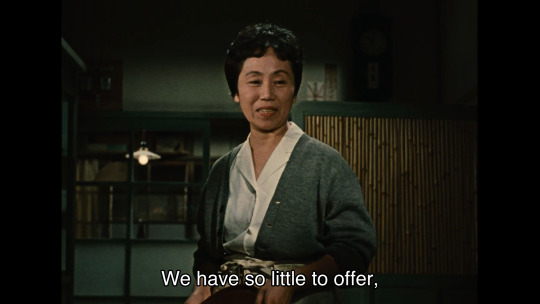
Yasujirō Ozu creates a powerful film that is not so concerned about a narrative, but exposes contexts in which we can observe the toll gender roles play in society and how we’re confined to keep perpetuating these ideals for lack of perpective of their harm.
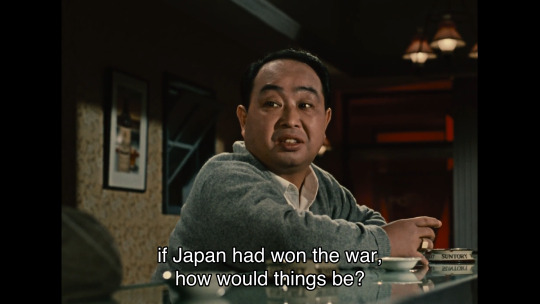
In a scene at a bar one character asks "if Japan won the war, how would things be?" and the answer is: everything would be the same for the woman who live under the patriarchal system you're all subjected to, and to an extent, to the man who have to deal with the frustrations of not being able to achieve certain expectations set for their roles.
Meanwhile, in Jeane Dielman you're confronted only with the work performed by woman, the ritualistic never ending routine of the housewife, its as if one film shows what the other one consciously hides.

I want to discuss this connection and this subject more in depth on my newsletter, but I just needed to get the idea out there so I don't forget.
11 notes
·
View notes
Photo
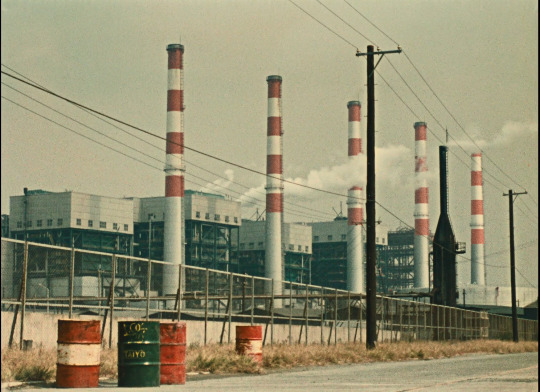




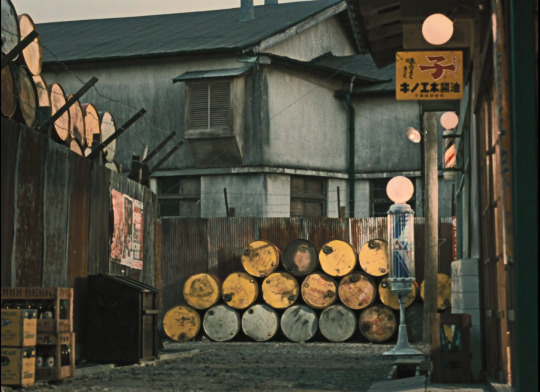

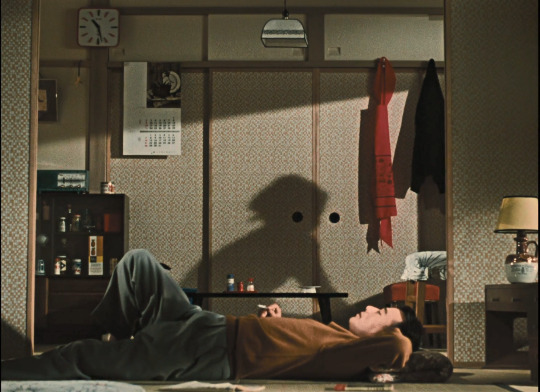
1962 秋刀魚の味
An Autumn Afternoon
17 notes
·
View notes
Text
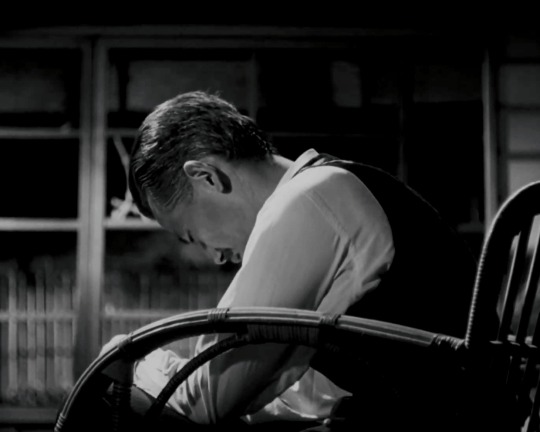

Chishū Ryū in the final shots of:
LATE SPRING (1949) dir. Yasujirō Ozu
AN AUTUMN AFTERNOON (1962) dir. Yasujirō Ozu
#late spring#an autumn afternoon#yasujirō ozu#Chishū Ryū#these ending shots…….. yeah.#ozu said I’m gonna remake the same film with the same characters and actors and it’s going to be just as good but also completely distinct#honestly comparing the two films just makes me feel so many things and I don’t understand most of those feelings#ozu is an absolute master and he destroys me always#yasujiro ozu#chishu ryu#japanese movie#screencaps#parallellis#ozu parallels#queue
25 notes
·
View notes
Text
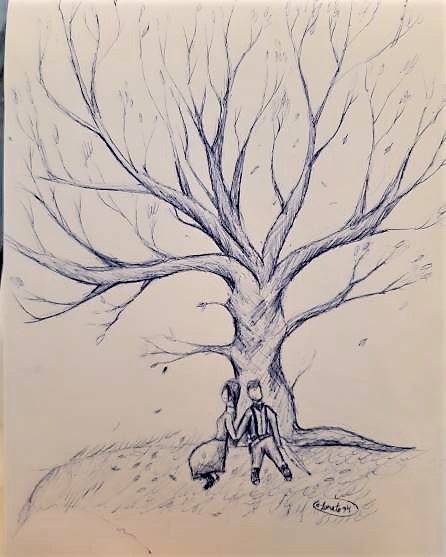
#marthur#mary linton#mary gillis#rdr2#red dead redemption 2#arthur morgan#red dead redemption#rdr#an autumn afternoon#autumn leaves#autumn date#sorry this is low quality
15 notes
·
View notes
Text



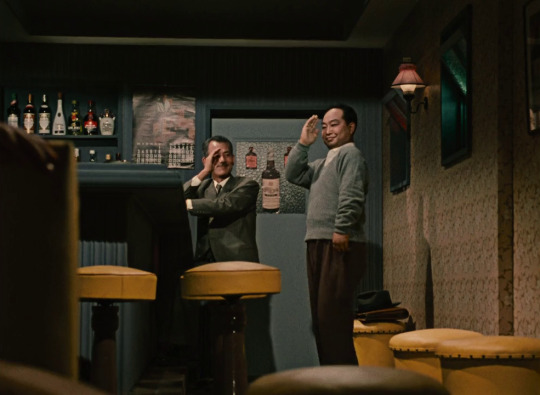
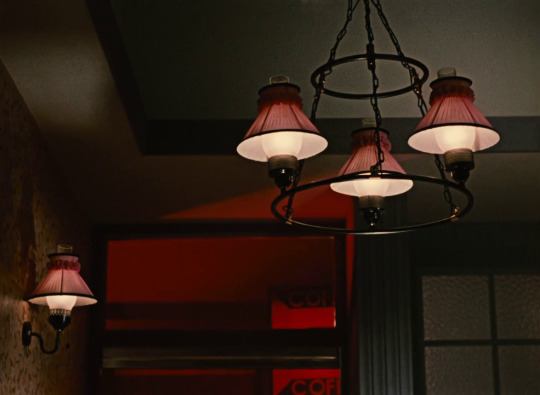
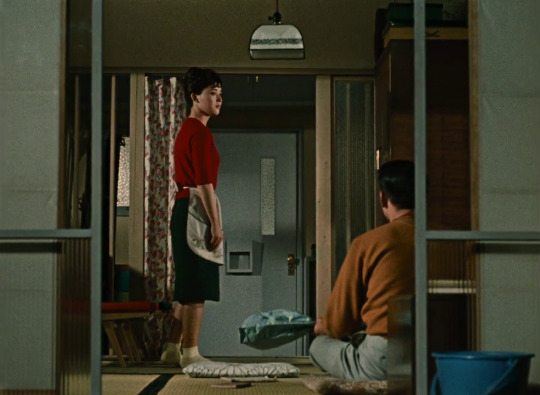




An Autumn Afternoon (1962) | dir. Yasujirō Ozu
#an autumn afternoon#yasujirō ozu#chishū ryū#shima iwashita#keiji sada#mariko okada#films#movies#cinematography#screencaps#yasujiro ozu
184 notes
·
View notes
Photo
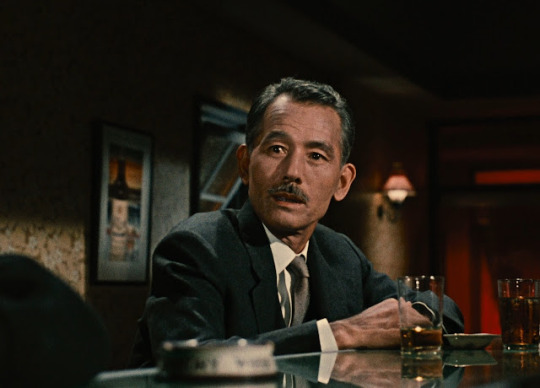
Chishu Ryu in An Autumn Afternoon (Yasujiro Ozu, 1963)
Cast: Chishu Ryu, Shima Iwashita, Keiji Sada, Mariko Okada, Teruo Yushida, Noriko Maki, Shin'ichiro Mikami, Nobuo Nakamura, Kuniko Miyake, Eijiro Tono, Haruko Sugimura, Kyoko Kishida, Daisuke Kato. Screenplay: Kogo Noda, Yasujiro Ozu. Cinematography: Yuharu Atsuta. Production design: Minoru Kanekatsu
If a foolish consistency is the hobgoblin of little minds, then what is a wise consistency? Because Yasujiro Ozu was nothing if not consistent, especially in the films of his greatest period: From Late Spring (1949) through An Autumn Afternoon, his final film, we get the same milieu -- middle class Japanese family life -- with the same problems -- aging parents, marriageable daughters, unruly children -- and the same style -- low-angle shots, stationary camera, boxlike interiors, exterior shots of buildings and landscape used to punctuate the narrative. Ozu's style would be called "mannered" except that the word suggests an obtrusive inflection of style for style's sake, whereas Ozu's style is unobtrusive, dedicated to the service of storytelling. There are, I suppose, some who are turned off by such consistency, who don't "get" Ozu. All I can say is that it's their loss, because it's a wise consistency, dedicated to trying to understand the way people work, why, for example, they conceal and obfuscate and manipulate to get what they really want. And why, sometimes, they don't even know what they really want. An Autumn Afternoon could almost be mistaken for a remake of Late Spring because of its central problem: a young woman at risk of sacrificing herself for an aging, widowed father. It stars the same actor, Chishu Ryu, as the father, Shuhei, and it ends in a strikingly similar way: The daughter, Michiko (Shima Iwashita), gets married, but we never see the bridegroom, just as we never see the man Noriko marries in Late Spring. But where Late Spring centered itself on a kind of moral dilemma, the white lie the father tells to resolve the problem, An Autumn Afternoon illuminates the relationship of father and daughter through the experiences of secondary characters. If Michiko marries, will her marriage be like that of her brother and sister-in-law, strained by constant arguments about money? If Shuhei doesn't encourage her to marry, will she end up like the daughter of his old teacher, embittered because she gave up the prospect of marriage to serve him? There's yet another possibility for Shuhei: His close friend, a widower, remarried, but now his much younger wife has him on a tight leash, putting limits on him that Shuhei doesn't have, such as the ability to stop off in bars and to drink with his old war buddies. (Even Michiko tries to rein in her father where this is concerned, pointedly commenting when Shuhei comes home a little late and tipsy.) The screenplay by Ozu and his usual collaborator, Kogo Noda, deftly integrates all of these stories and more, but the shining center of the film is the performance of Ryu, constantly letting us see the conflict that is churning beneath Shuhei's calm demeanor. And it's entirely fitting that the final shot of Ozu's last film -- Shuhei, saying softly to himself, "Alone, eh?" -- features Ryu, the actor who appeared in so many of his films that he seemed to be Ozu's alter ego.
3 notes
·
View notes
Text
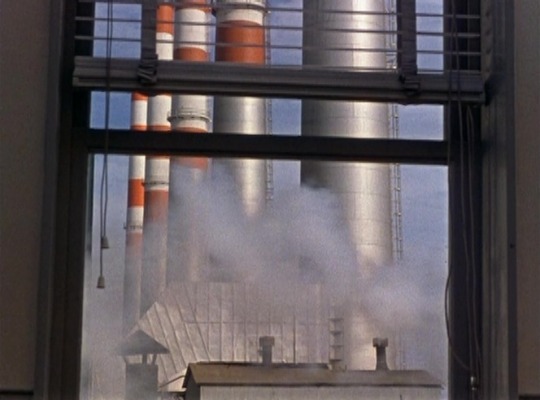



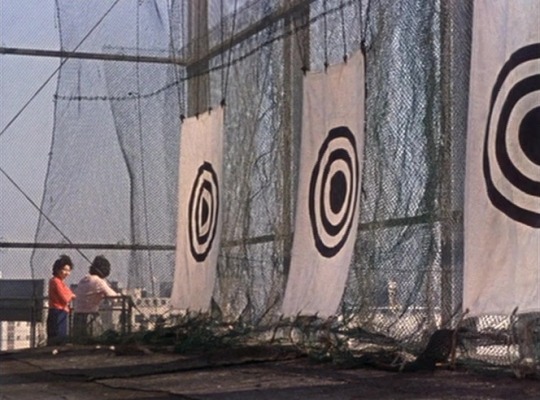

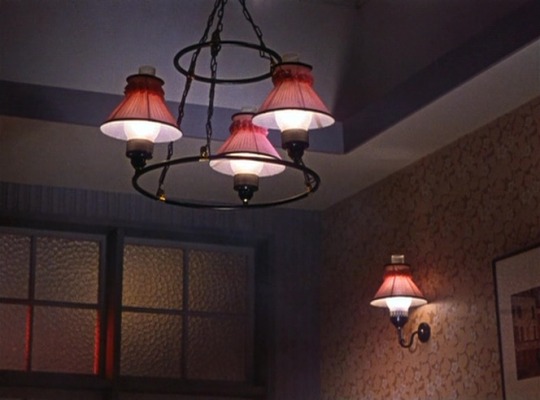

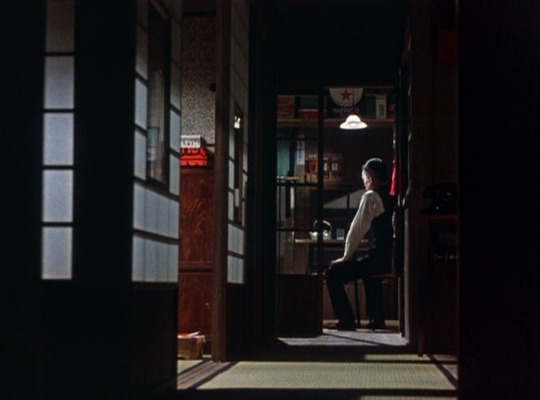
An Autumn Afternoon (Sanma no Aji, 1962) - Yasujiro Ozu
0 notes
Text
I couldn’t find Ozu’s “An Autumn Afternoon” on YouTube in full so I watched this video instead:
youtube
Based on this summary it seems to be a remake of Late Spring, only much less intense and without Setsuko Hara’s smile.
Based on this video, I wonder why Ozu even made it. Maybe he thought that he was too quick to establish this plot as an intense tragedy in Late Spring and decided to give it a more level-headed and balanced treatment later in his career.
1 note
·
View note


